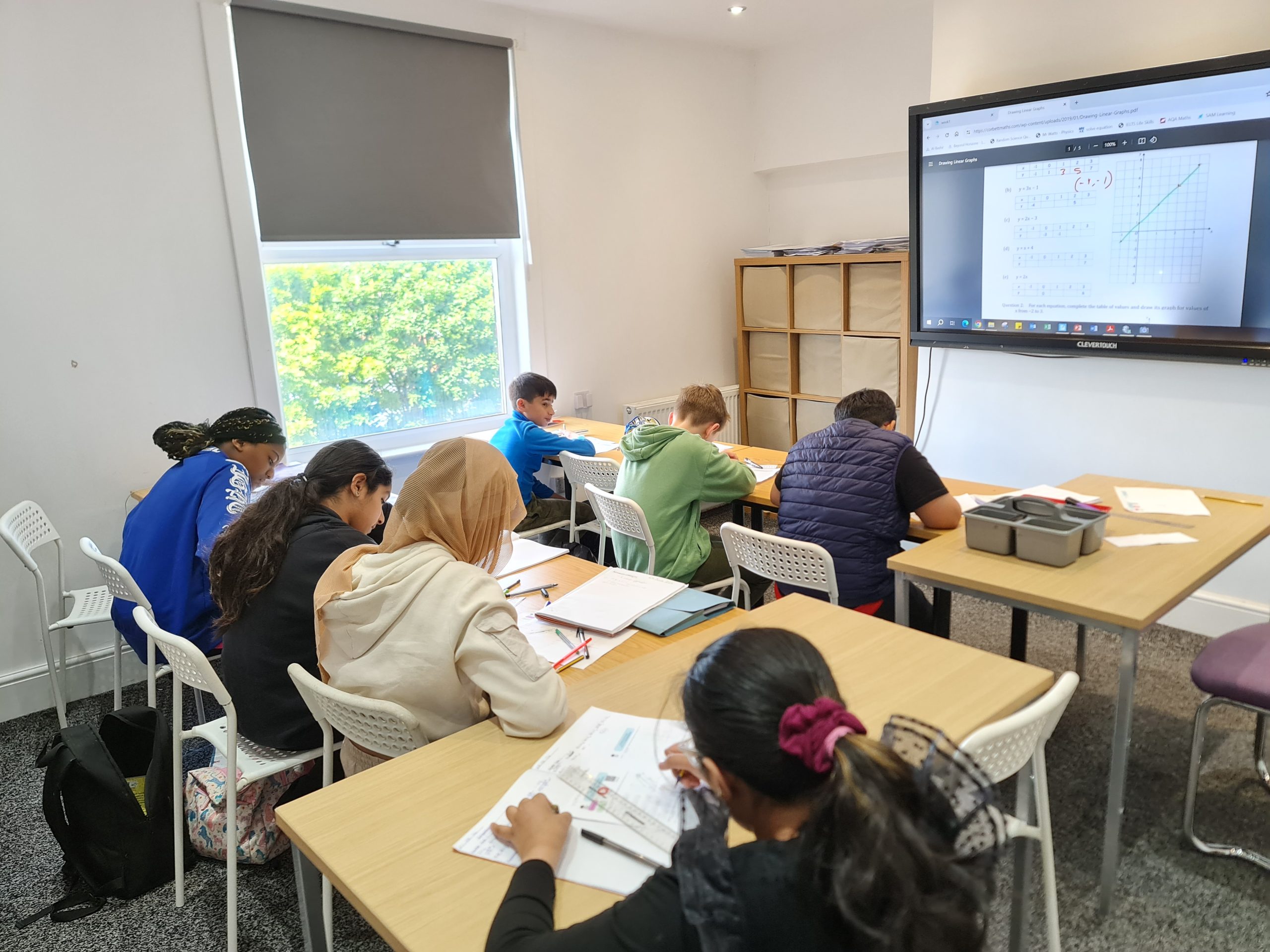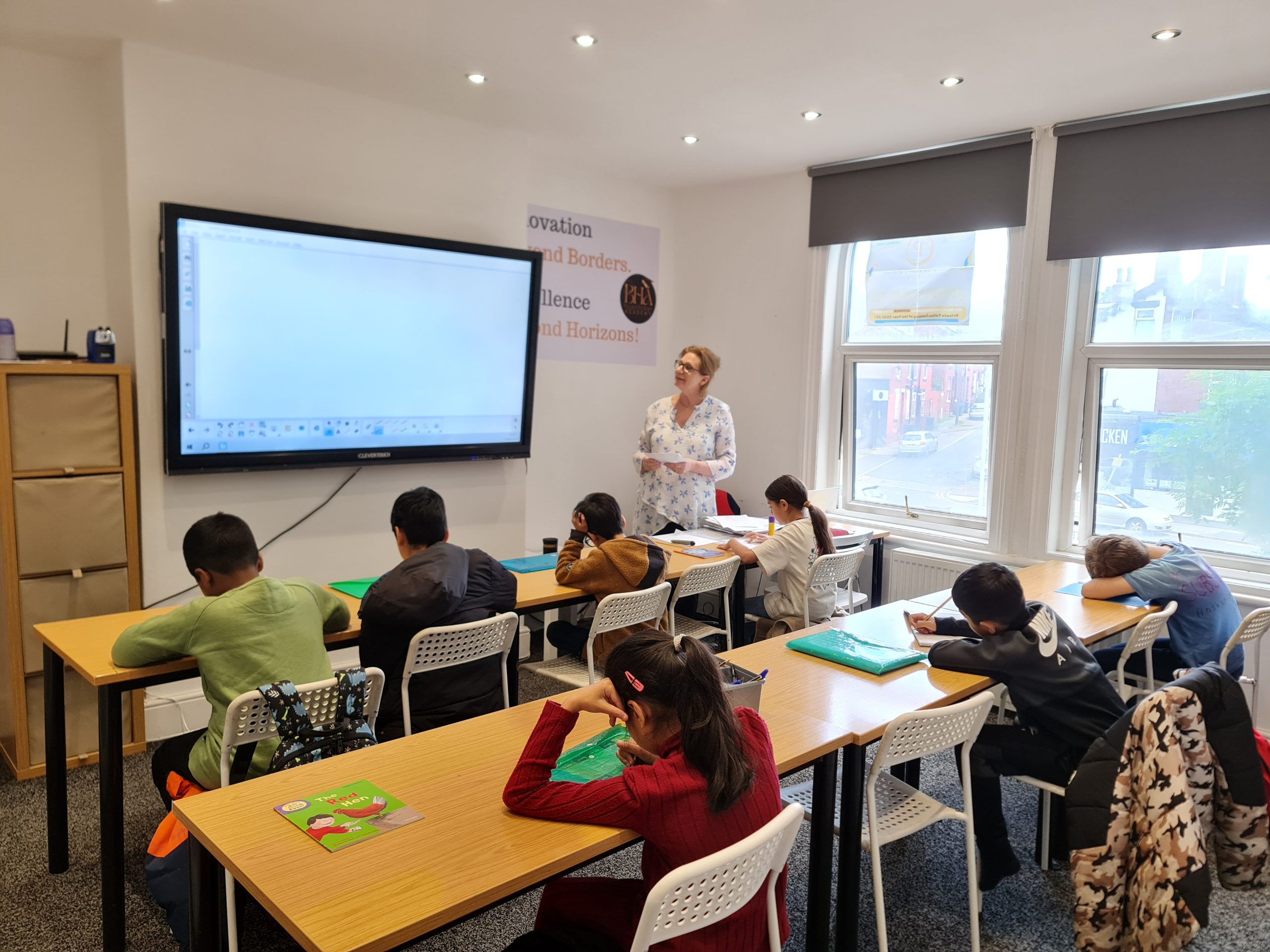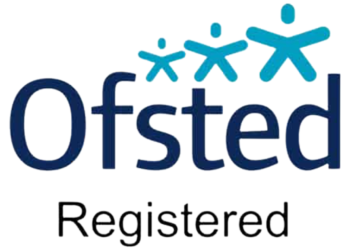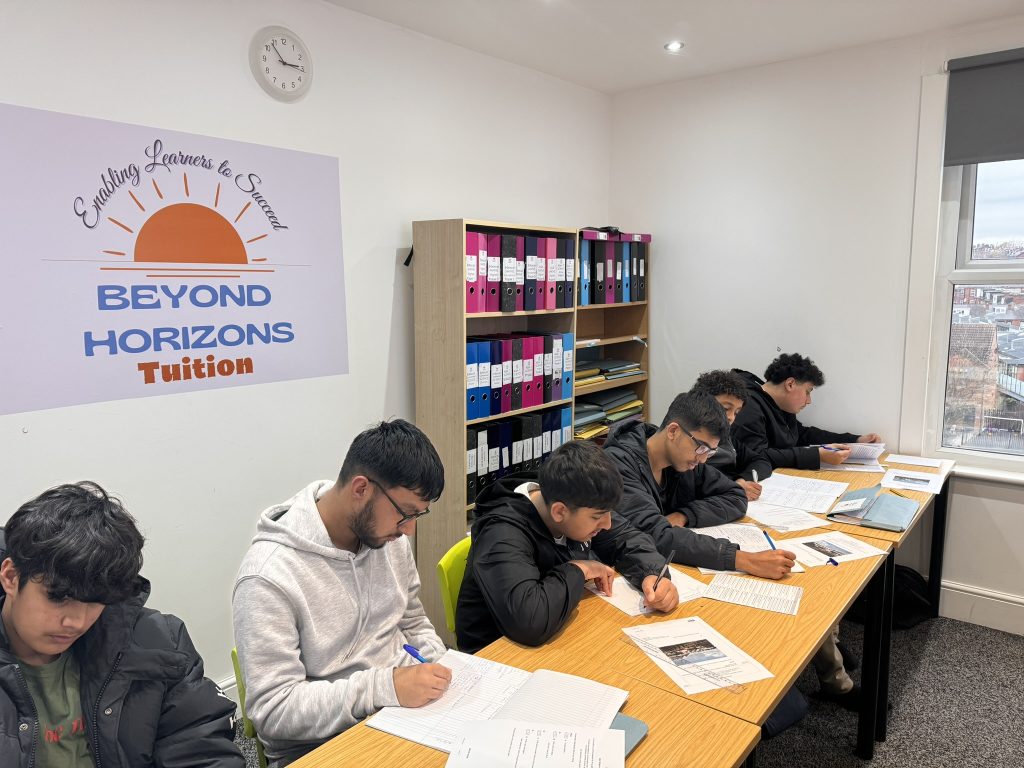SATs preparation and tuition:
KS1 and KS2
Supporting our students to fearlessly tackle the SATs
and be ready for their next steps.
- Practice and revise
- Develop skills
- Boost confidence
What are the SATs?
Students will tackle the SATs at the end of Key Stage 1 and 2 (Years 2 and 6).
The SATs are a series of National Curriculum tests designed to assess your child’s level according to the national average.
The tests help schools understand how they can best support your child, ensure progress, and maintain certain levels.

Key Stage 1 SATs
The Key Stage 1 SATs, also known as KS1 SATs, are assessments that take place in May of the second year of primary school. Unlike the KS2 SATs, which are timed, these tests are not strictly timed and teachers have the flexibility to stop the test at any point that they feel is appropriate for a particular child. The purpose of these tests is for teachers and schools to measure what each child has understood and retained by comparing their results to national averages, Individual results can be shared with parents at the end of the school year.
Key Stage 1 SATs
The reading papers include two papers which cover fiction, non-fiction and poetry texts. Paper 1 is comprised of a selection of texts totaling between 400-700 words with interspersed questions, while Paper 2 includes a reading booklet of a selection of passages totalling 800-1100 words, where children are required to write their answers in a separate booklet. Both papers are worth 50% of the marks and take approximately 30 minutes to complete.
For the spelling, punctuation and grammar papers, there are three papers in total. Paper 1 is a grammar and punctuation written task, paper 2 is a grammar, punctuation and vocabulary test, and paper 3 is a 20-word spelling test. Each paper has a different duration and total marks.
The math papers include two papers. Paper 1 tests arithmetic, taking approximately 15 minutes and is worth 15 marks. Paper 2 assesses mathematical fluency, problem-solving and reasoning through a variety of question types and takes around 35 minutes and is worth 35 marks. Key Stage 1 SATs results are typically returned to schools in July, and around this time, head teachers may share the results of the recent tests on social media. Many parents will receive information about their child's results over the coming weeks.
The KS1 tests are set externally, but they are marked by teachers within the school. In 2016, a new system of scaled scoring was introduced, where a score of 100 or more indicates that a child is working at the expected standard and a score below 100 means that a child has not reached the government's expected standard. The maximum possible score is 115 and the minimum is 85. Teachers use conversion tables to translate their pupils' raw scores into scaled scores, which they then use to inform their teacher assessment. This means that the score your child receives may not just be based on their SATs performance, but also on classwork and the teacher's observations.
To meet government expectations, pupils must achieve a scaled score of 100. However, this equates to different marks for each paper (maths, reading, grammar, punctuation, and spelling) and can change each year.
For Key Stage 1 SATs, it is unlikely that parents will receive their child's actual SATs score, but they will be informed if their child is working at the expected standard as part of their end of KS1 report.
The reading papers include two papers which cover fiction, non-fiction and poetry texts. Paper 1 is comprised of a selection of texts totaling between 400-700 words with interspersed questions, while Paper 2 includes a reading booklet of a selection of passages totalling 800-1100 words, where children are required to write their answers in a separate booklet. Both papers are worth 50% of the marks and take approximately 30 minutes to complete.
For the spelling, punctuation and grammar papers, there are three papers in total. Paper 1 is a grammar and punctuation written task, paper 2 is a grammar, punctuation and vocabulary test, and paper 3 is a 20-word spelling test. Each paper has a different duration and total marks.
The math papers include two papers. Paper 1 tests arithmetic, taking approximately 15 minutes and is worth 15 marks. Paper 2 assesses mathematical fluency, problem-solving and reasoning through a variety of question types and takes around 35 minutes and is worth 35 marks. Key Stage 1 SATs results are typically returned to schools in July, and around this time, head teachers may share the results of the recent tests on social media. Many parents will receive information about their child's results over the coming weeks.
The KS1 tests are set externally, but they are marked by teachers within the school. In 2016, a new system of scaled scoring was introduced, where a score of 100 or more indicates that a child is working at the expected standard and a score below 100 means that a child has not reached the government's expected standard. The maximum possible score is 115 and the minimum is 85. Teachers use conversion tables to translate their pupils' raw scores into scaled scores, which they then use to inform their teacher assessment. This means that the score your child receives may not just be based on their SATs performance, but also on classwork and the teacher's observations.
To meet government expectations, pupils must achieve a scaled score of 100. However, this equates to different marks for each paper (maths, reading, grammar, punctuation, and spelling) and can change each year.
For Key Stage 1 SATs, it is unlikely that parents will receive their child's actual SATs score, but they will be informed if their child is working at the expected standard as part of their end of KS1 report.

Key Stage 2 SATs
The Key Stage 2 SATs, also known as KS2 SATs, are assessments that take place in May of the sixth year of primary school. In May 2016, children in year 6 were the first to take the new KS2 SATs tests which are more rigorous and reflect the latest National Curriculum. A new marking scheme and grading system has also been introduced which replaces the previous National Curriculum levels.
The reading paper is one paper containing comprehension questions based on three different genres of text. The test has a reading booklet and a separate answer booklet. Children have one hour to read all three texts and complete the questions, which are worth a total of 50 marks. In addition to the reading test, children take a ‘teacher assessment’ in writing, which is set and marked by their teacher, but not part of the official KS2 SATs week.
For the Spelling, punctuation and grammar (SPAG) papers, there are two papers in total. Paper 1 contains a series of SPAG questions requiring short answers, paper 2 is a spelling paper where children are given a section of text with 20 missing words, and will have to write the correct spelling in their answer booklet. Both papers have different duration and total marks.
The math papers include three papers. Paper 1 is largely an arithmetic test, assessing children’s grasp of mathematical calculations, Paper 2 and 3 assess children’s mathematical fluency, solving mathematical problems and using mathematical reasoning. All three papers contain varied question types and different duration and total marks.
Key Stage 2 SATs results are typically returned to schools in July, around which time head teachers may share the results on social media and parents will receive information about their child's results in the coming weeks. These results are marked by converting the raw score (the actual number of marks a child receives) into a scaled score. The scaling is done to ensure accurate comparisons of pupil performance over time as the difficulty of tests may vary slightly each year. A scaled score of 100 or more means that a child is working at the expected standard, while a score below 100 indicates that a child has not reached the government-expected standard. The maximum possible score is 120 and the minimum is 80. Parents will usually receive the results with the child's end of term report and will be informed whether their child met the national standard. Secondary schools will also be informed of incoming pupils' SATs scaled scores, but the way these scores are used may vary between schools.
If you are considering some extra help to get ready for the KS2 SATs, you can speak to your local centre team to find out how they can support your family.











